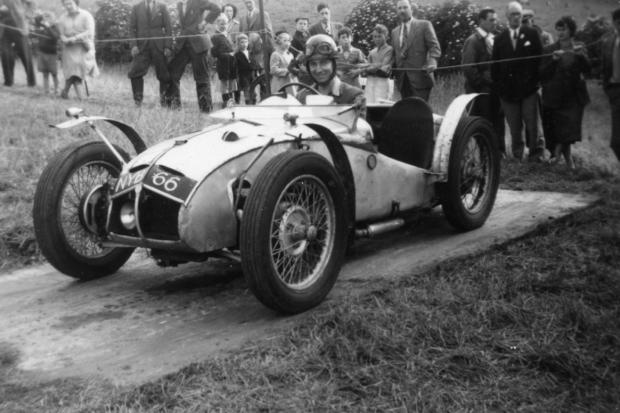
Unless you are a member of Bristol Pegasus Motor Club, or you have a keen interest in that area’s racing history or its jazz scene, you are unlikely to have heard of Gerry Bath. In which case, you will have to forgive me a personal diversion to pay tribute to the man who I came to know while he helped Dad run an Ensign and then a Reynard in hillclimbing.
A few years ago, while working for another magazine, I did an article about Gerry because he had restored a Lotus Elite. We did the photoshoot at his house near Bath, and during a lull in proceedings I asked him how long he’d lived there.
He smiled: “Since 1934.”
His father built Sunnydene that year, and Gerry creosoted the floor and roof timbers. He was four years old at the time…
His interest in cars and motor racing started early, and he was one of many British enthusiasts who keenly embraced the post-war specials-building scene. Three-wheelers could be driven at the age of 16 and, a Morgan being beyond his means, he built his own based around the chassis of a Raleigh van.
Gerry constructed his own bodywork for it, and the whole project took 20 months – no power drill being available. Eventually, he replaced the standard V-twin with the engine from a Ford 8.




